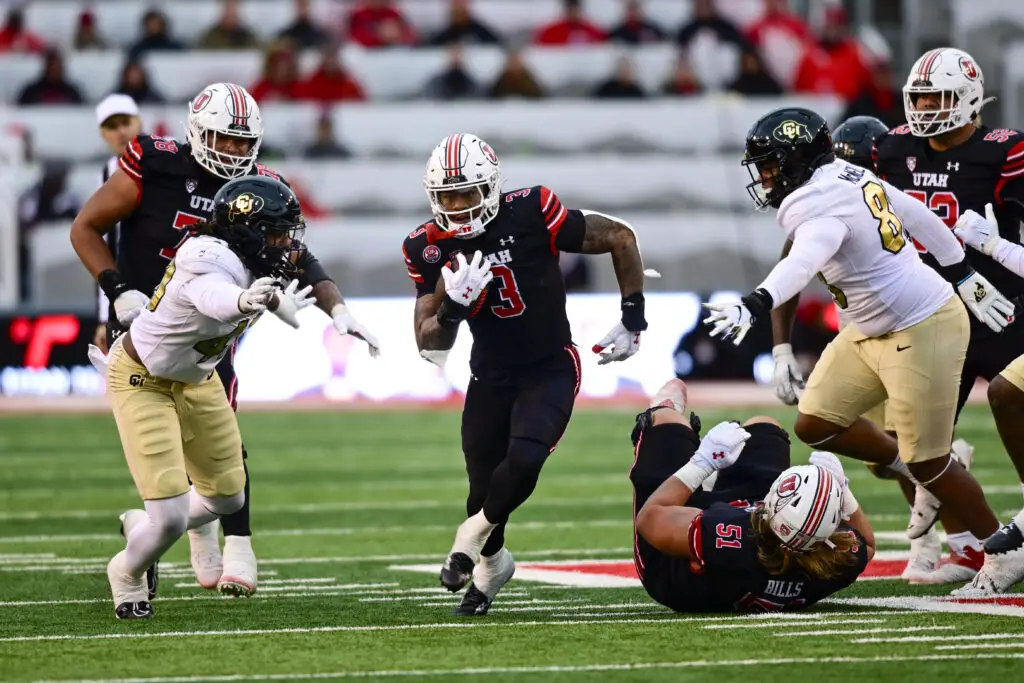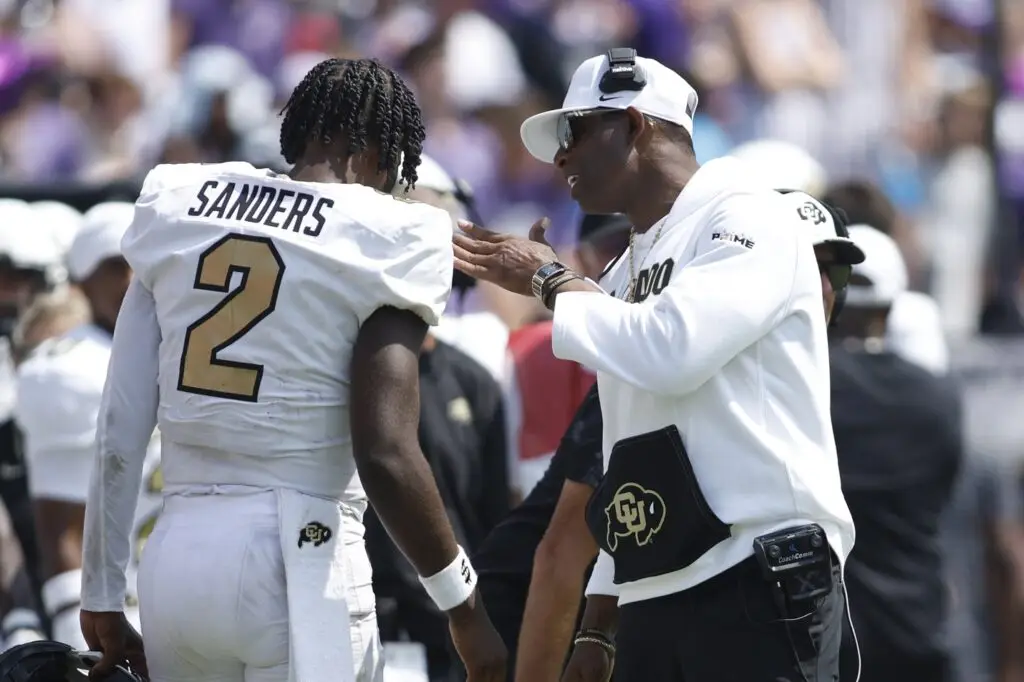Every college football fan has their favorite walk-on player. Whether it is Stetson Bennett, Baker Mayfield, or even J.J. Watt, some of the greatest players of all time were, at one point, walk-on players.
Those days appear to be officially over.
History of Walk-On Players

Historically, walk-on players fell into one of two categories:
- Players who wanted to play for a particular team
- Players who wanted to be on one of the best teams, even if it took a longshot to make the field
The first category of players was typically those who grew up following and loving a particular team. They valued attending their dream school more than playing for a smaller one. Think of Notre Dame’s Rudy or Georgia’s Stetson Bennett. For them, being part of their dream school was more valuable than playing somewhere else.
The second group of players would fall under the category of most of Alabama’s and Georgia’s walk-on players. The percentage of players who attend this kind of school that go into the NFL is very high. These walk-ons see it as a chance to play with future NFL guys and improve themselves. Some make it on the field, while others later transfer to other schools, but with new expereience playing with the best players in the country. However, because they have the giant A or G next to their profile, they get a boost in recruitment.
NIL Already Was Hurting Walk-Ons

Once NIL became mainstream, the amount of valuable walk-ons plummeted. Suddenly the player who dreamed of playing for Tennessee was being recruited by Middle Tennessee State along with an NIL deal that was more money than that player had ever had.
The player who once valued the idea of being a walk-on at a blueblood school now had to weigh whether that decision would be worth it over going to a G5 school and immediately earning thousands of dollars.
In other words, NIL took the emotion and long-term investment in oneself out of the equation for many. If you’re a 35-year-old reading this, you may think being a walk-on is still a great option long-term, but you have to remember, these are 18-year-olds who have never had more than $50 in their bank account, now being covered tens of thousands of dollars to go play somewhere else.
The Transfer Portal Allows Growth at a Lower Level

Five years ago, if a player transferred from one school to another, there was a good chance that they would have to sit out a year before being allowed to play. Today, players are allowed to transfer without penalty.
This provides a new opportunity for a walk-on player. A player who may have once viewed a walk-on position with a big-name team as more valuable than playing at a lower level can now play at the lower level, get more film and experience, and then transfer to the big name. This has become extremely common, with the average P4 school brining in more than 10 G5 transfers on average.
This was yet another big step in making walk-on players rare, but it still wasn’t necessarily the end of them.
But then scholarship allotments changed.
I think the scholarship limits being increased across college sports is a great move. But I’m gonna miss moments like this. pic.twitter.com/wxXm1cMFxk
— Jon Tweets Sports (@jontweetssports) July 25, 2024
NCAA Allowing an Additional 20 Scholarships

Earlier this week, the NCAA announced that it would allow schools to give an additional 20 scholarships to their football players. On the surface, this sounds great, but when you peel back the layers, it becomes evident that the days of a walk-on player are over.
- If every team decided to use their additional 20 scholarships, it is very likely that most, if not every, walk-on would now be on scholarship.
- There are politics with scholarships and playing time. Fair or not, a scholarship player will always be given a chance over a walk-on, especially considering the university, donors, and others have invested thousands of dollars on the scholarship player. With 20 additional scholarships, that is almost a full “string” of players. In other words, if the walk-ons used to be the fourth-string players, they are now the 5th-string.
- With schools giving more scholarships, that means less money for everything else. While walk-on players didn’t receive money for housing or tuition, they still got other benefits such as free food, tutoring, and training/rehab services. It’s very possible that programs will decide to cut walk-on players as part of their programs completely.
In other words, with the combination of NIL, the transfer portal, and the new NCAA scholarship limits, one has to wonder whether we will ever see a big-name walk-on again.
An End of an Era
Walk-on players have a special place in every fan’s heart. They bring a unique story that you don’t see in professional sports. By the time a player becomes a pro, everyone knows who they are and, to some extent, what they are capable of.
When a walk-on gets to come into a game, every fan cheers for them and hopes for their success. They often see a reflection of themselves when they are told they aren’t good enough to play or start in high school, junior high, or any other time. They see a player overcoming adversity and proving everyone wrong.
But that is now over.
Part of the beauty of the sport is dead.
Get More NFL and College Football Content
Check out more of my stories, or leave a comment below! For more of the biggest storylines of College Football, the transfer portal, or the NFL, click here or follow me on Twitter/X.

